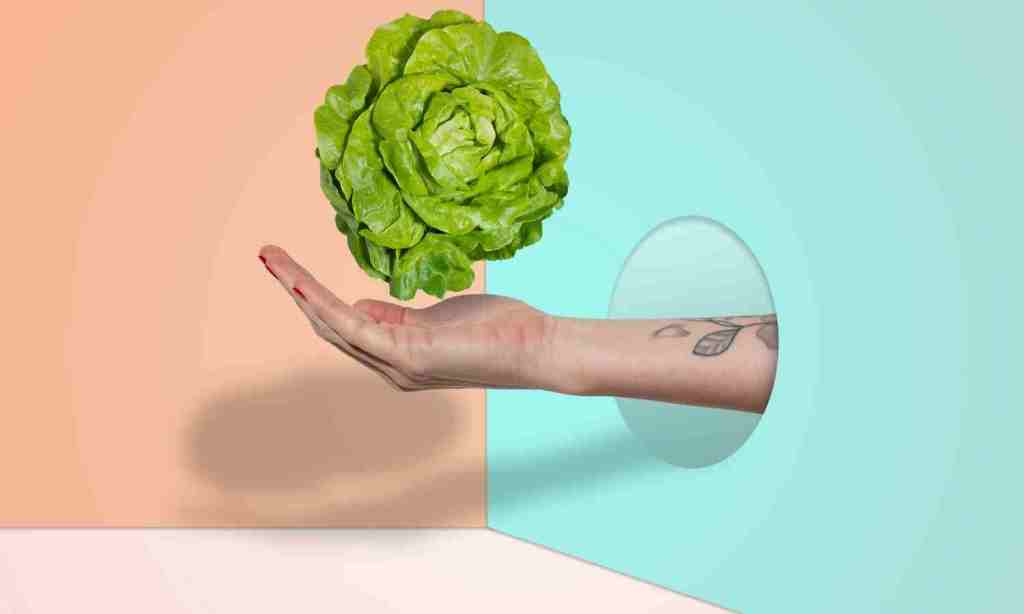In 2022, lettuce was The Latch’s Most Influential Vegetable of the Year. This is because it went from being the base of sad salads to the centre of a historic shortage. Oh, and a head of lettuce also defeated the United Kingdom’s Liz Truss in a major ministerial competition.
However, fortunately for our farmers, there’s no longer a lettuce shortage in Australia. It has gone back being a regular household item that costs less than $50 at a supermarket.
So, with this in mind, does this mean that shouldn’t grow your own lettuce? No, 100% not. Growing your own lettuce is dirt cheap, better for the environment, and excellent for your soul.
What’s more, lettuce is an easy and relatively sturdy crop to grow. It will serve you many rounds of greens for your weeknight cook-ins. And this is because they grow abundantly after each harvest.
Here are some basic features to get in order before you can yield a nice, big batch of lettuce.
Basics For Growing Lettuce
Depending on the amount of space you have, you will need to either get pots to sow your seeds or plant them directly into the ground.
If you’re using pots, opt for pots made from ‘earthly’ materials like clay, wood, terracotta, or even old kitchen appliances like rice cookers that could make great, sturdy bases.
Lettuce is a green that requires sunlight for about five to six hours of the day, so place your pots in an area that can access direct sunlight (like your balcony).
Look up loamy soil, which is a mixture of clay, sand and silt soil that contains additional organic matter as it is very fertile compared to other types of soil.
If you have the space and time, you could also try growing companion plants so they can share the nutrients and also help each other to grow better. Lettuce grows well with herbs like thyme, oregano and basil.
The Planting Process
Now that you have the basics, it’s time to get your hands dirty. Purchase a variety of lettuce seeds from your local garden store — romaine and iceberg lettuce are great starters.
Sprinkle the seeds over your soil one inch apart and cover it with a thin layer of potting mix. The soil should end at about an inch from the edge of your pot.
Expose the pot to sunlight, and spray to moisten the soil. As with any kind of gardening, ensure that you water the plant regularly but do not drench the plant. A pro-tip would be to dip your finger into the soil and when you remove your finger, it should be moist. Your finger should not be wet and covered entirely with soil.
Lettuce takes about two weeks to germinate and if you plant it in spring, you will be able to see little seedlings sprouting with tiny leaves after about ten days. Keep an eye out for some pests like mildew from the time of germination to harvest. Look on the underside of leaves for discolouration, spots or anything unusual. Usually, these can be fixed by using eco-friendly pesticides or a mix of salt and water.
Harvesting Your Lettuce
If all the conditions are stable, you should be able to see decent-sized lettuce in your pot after a month. Lettuce is a ‘cut and grow again’ crop, so you will not run out of lettuce if you simply trim off the outer leave and keep the root intact.
The perfect time to harvest the lettuce leaves is when you can see a few layers of leaves after the bud and when they have grown to roughly four to six inches in size. You can also harvest young leaves, which give a great flavour to salads.
Farm to table is a great, fascinating way to eat what you grow immediately. However, if you would like to store them for the next day’s meals, consider wrapping them in a dried newspaper or paper towels to reduce moisture that will turn the leaves limp.
Related: How Being Mindful of Your Daily Actions Can Impact the Environment
Related: How to Start a Vegetable Garden When You Only Have a Balcony to Grow On
Read more stories from The Latch and subscribe to our email newsletter.

